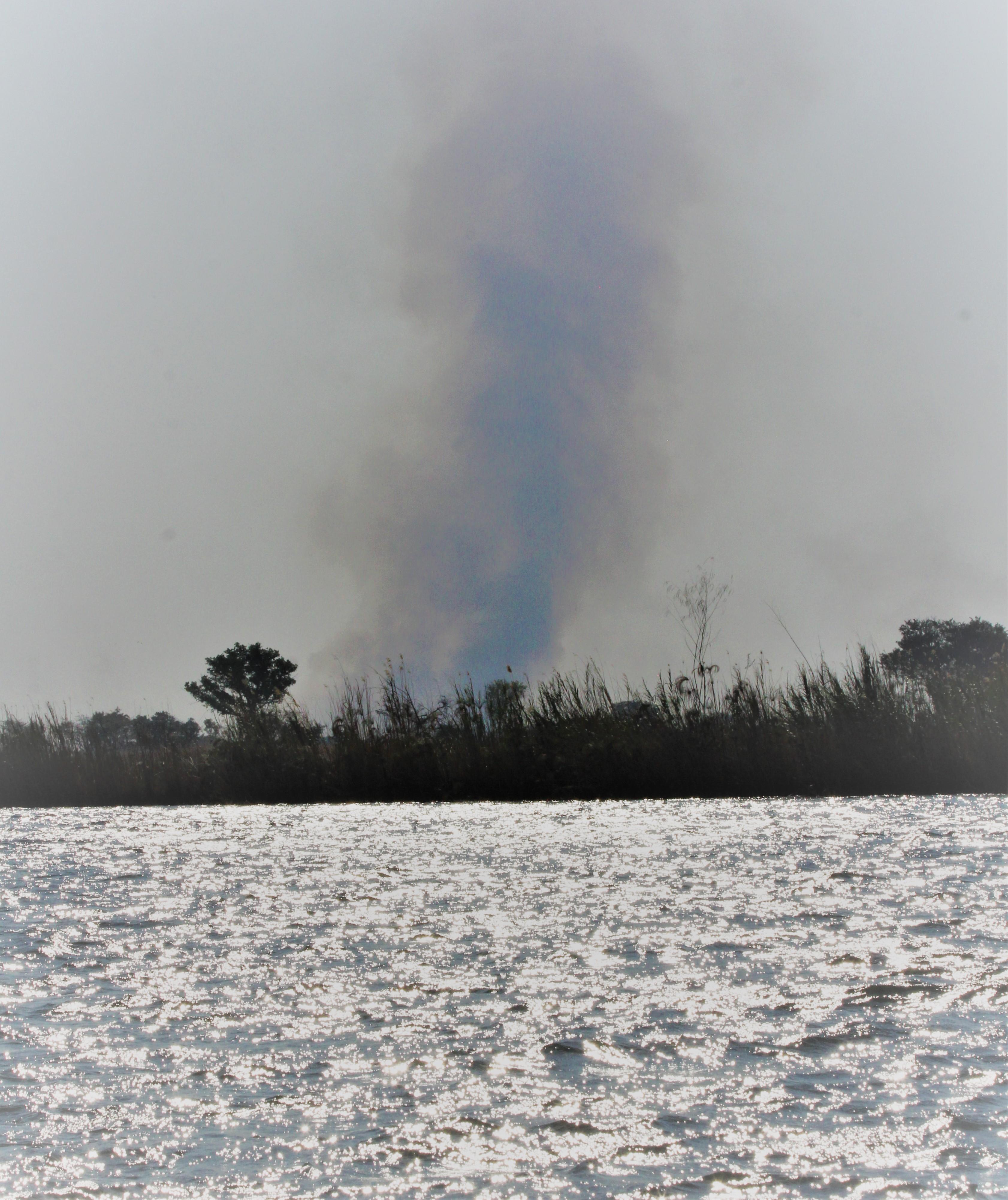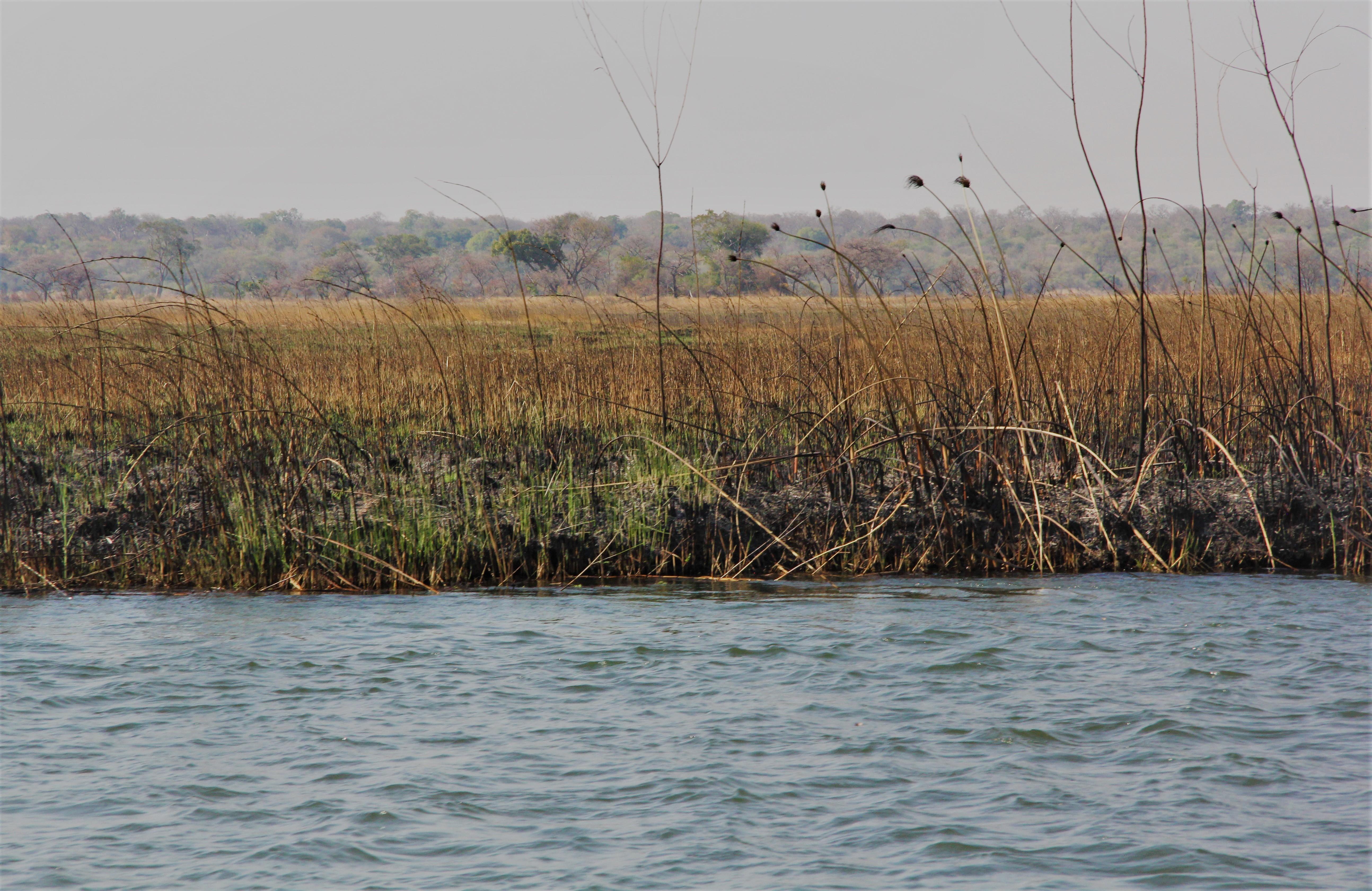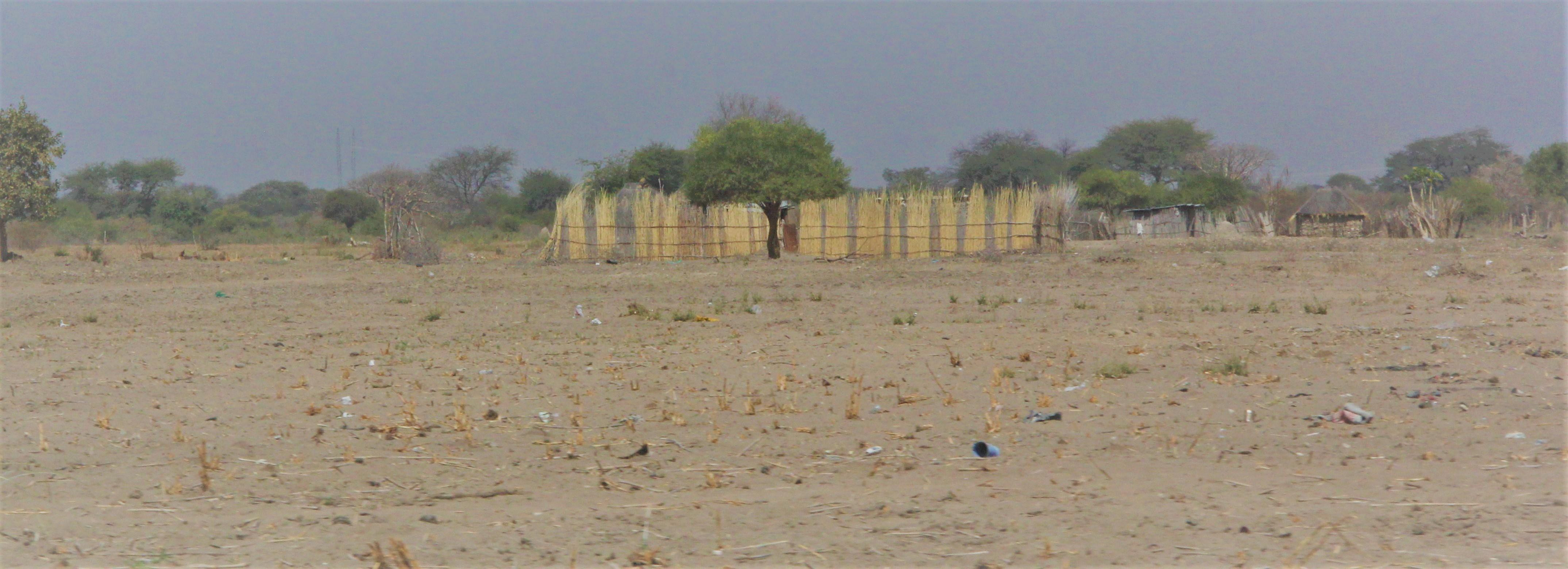- Home
- About Us
- Background
- Mandate
- Cubango Okavango River Basin
- Governance
- Strategy and Approach
- Member States
- Our Work
- Partners
- Climate Resilient Infrastructure Development Facility (CRIDF)
- European Union (EU)
- Southern African Development Community (SADC)
- Swedish International Development Cooperation Agency (SIDA)
- The World Bank (WB)
- United Nations Development Programme (UNDP)
- United States Agency For International Development (USAID)
- Resources
- News and Events
- Opportunities
- Contact Us
- FAQ's
- Connect With Us
- i
- t
- f

Thematic Area 3: Land Management



The OKACOM Strategic Action Programme (SAP) defines basin wide priorities and objectives, with the overarching objective of the SAP directly associated with the objectives for land management activities to be effected;To strengthen water governance at national and regional levels in the CORB to align with the concept of IWRM and in doing so improve the livelihoods of the basin communities
Of relevance are objectives 4 and 5 of the SAP which correspond closely with land management activities, respectively to:
- Establish common integrated planning criteria and objectives for sustainable development of water resources of the CORB;
- Improve and enhance the livelihoods of the basin’s peoples;
From these objectives it is possible to identify livelihood sectors, vulnerable habitat types and specific drivers of change which OKACOM’s land management activities address.
The capacity for effective and sustainable land management differs within the OKACOM Member States. Furthermore, land management objectives in one country can either support or negate land management practices in another. Development in certain parts of the CORB is guided by established land use plans, however, large parts of the basin either lack such plans, plans may be outdated, or they are not enforced when available. This results in national land and sectoral natural resource use policy and legislation providing a fragmented framework for land use planning and land management, including forestry and forest management.
Land degradation in the CORB has, in the most part, occurred as a result of deforestation through selective extraction of hardwoods, large scale deforestation for charcoal production, land use change for arable expansion, rapid and poorly planned urban sprawl, the impacts of over grazing from cattle and the increasing impacts of fire. The OKACOM SAP and country National Action Plans (NAPs) reiterate the need to address the problem of deforestation, over-fishing and the impacts of climate change. They do not however refer to specific threats and the actual drivers of land degradation which must be targeted in order to reduce the rate of degradation – a gap which is being filled by OKACOM’s land management activities.
Changes in land management impacts land cover, which in turn affects the water quality, quantity and sediment load through changes in run-off, erosion, groundwater recharge and by introducing pollutants into the river. The goals of OKACOM’s Land Management activities are to address the drivers of land use degradation in the CORB, mitigating these drivers and threats with the implementation of viable, effective and sustainable interventions that are implemented through collaboration with national stakeholders and local communities. Prioritized activities should also lead to improved and potentially diversified livelihoods for the communities within the prioritised hotspots.
Effective land management in the CORB depends on the development of harmonised land use guidelines throughout the basin to promote equitable and sustainable resource use, as well as implementing practical land rehabilitation among local communities in the basin. With environmental degradation being a threat to many parts of the basin these interventions will be carried out through OKACOM’s activities and influence to showcase demonstrations of how it may be possible to reverse existing and halt further degradation.
Activity:
Thematic Areas & Activities
News
subscribe for news notification by email
Photo Credit: Kostatin Luchansky, National Geographic, Okavango Wilderness Project.
© [current-date:custom:Y] [site:name]

